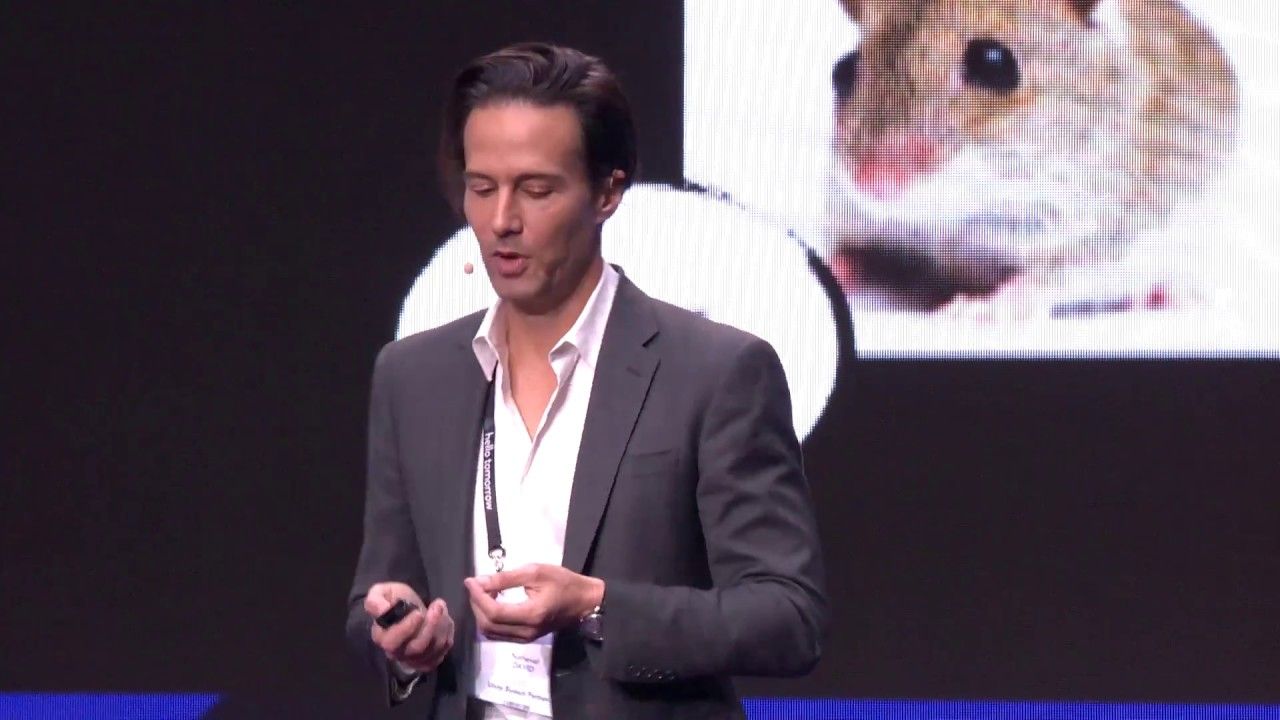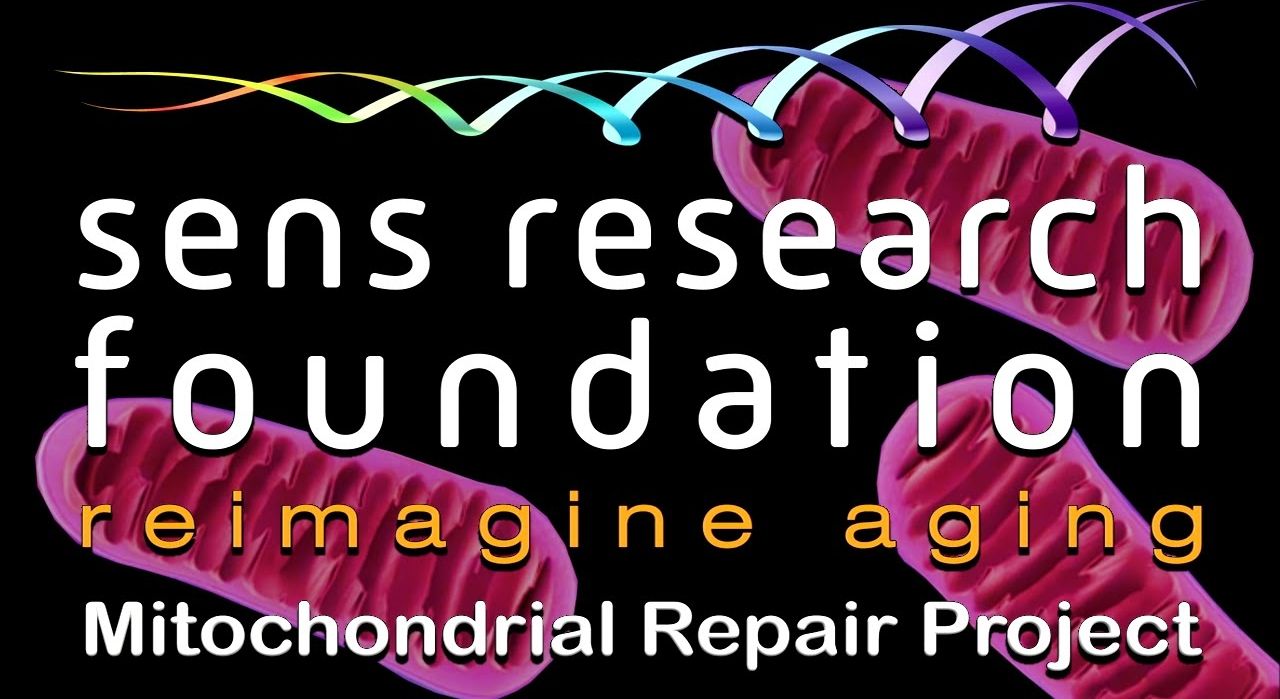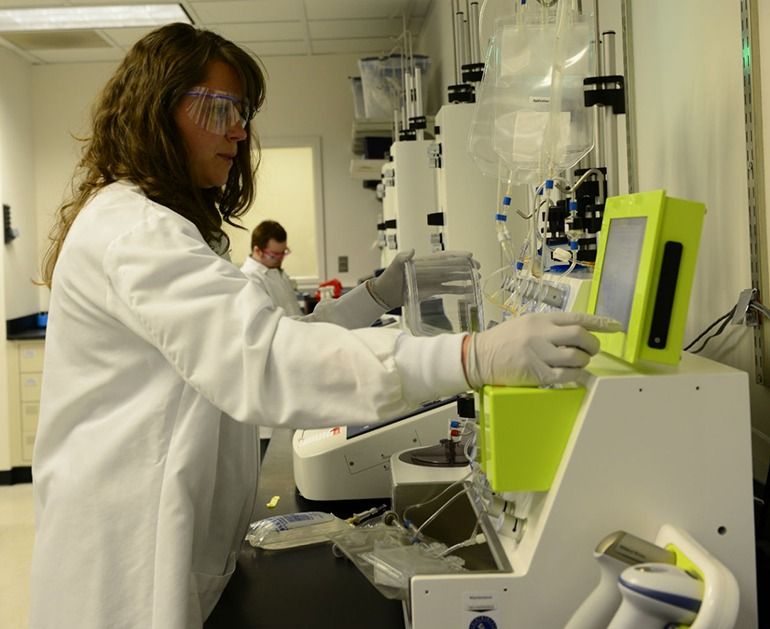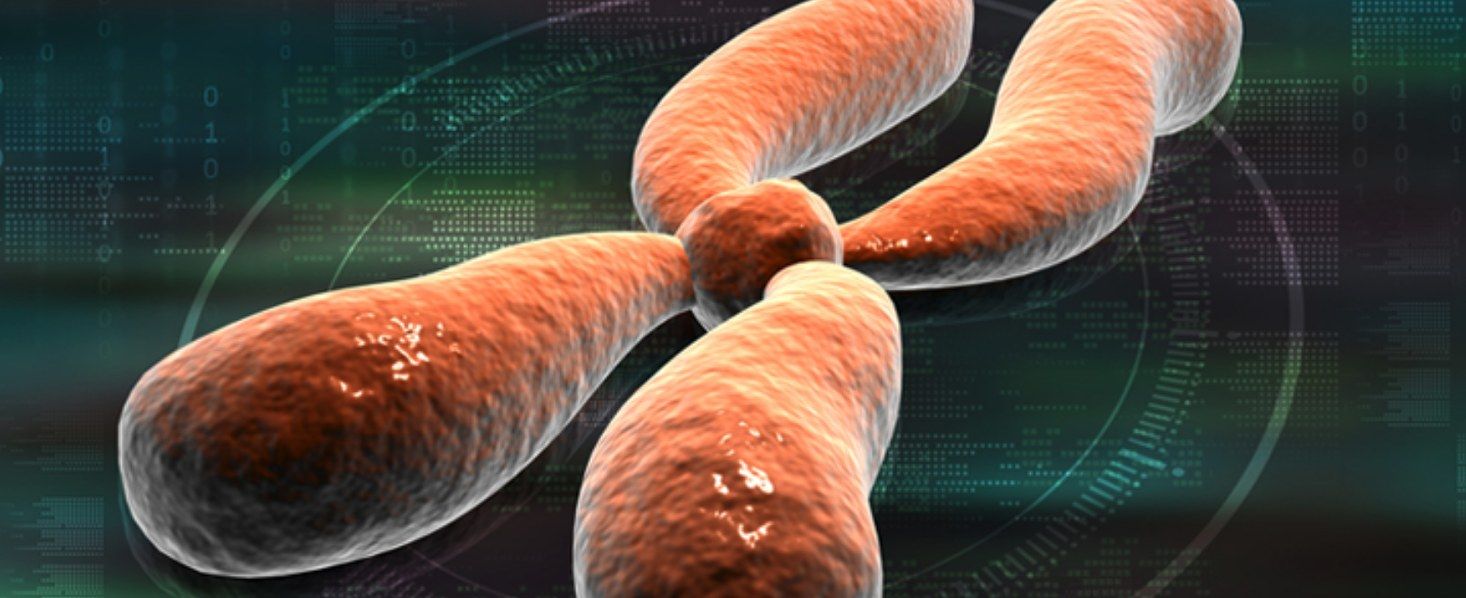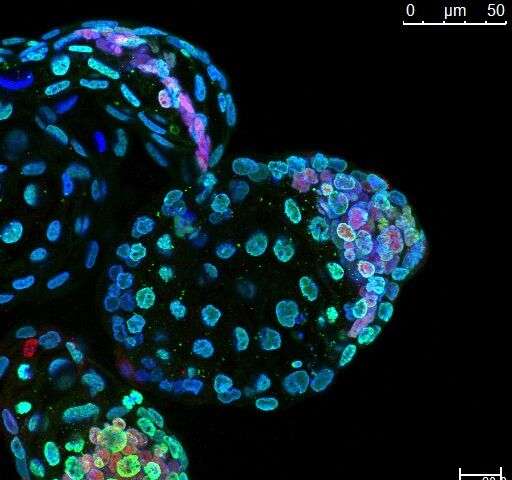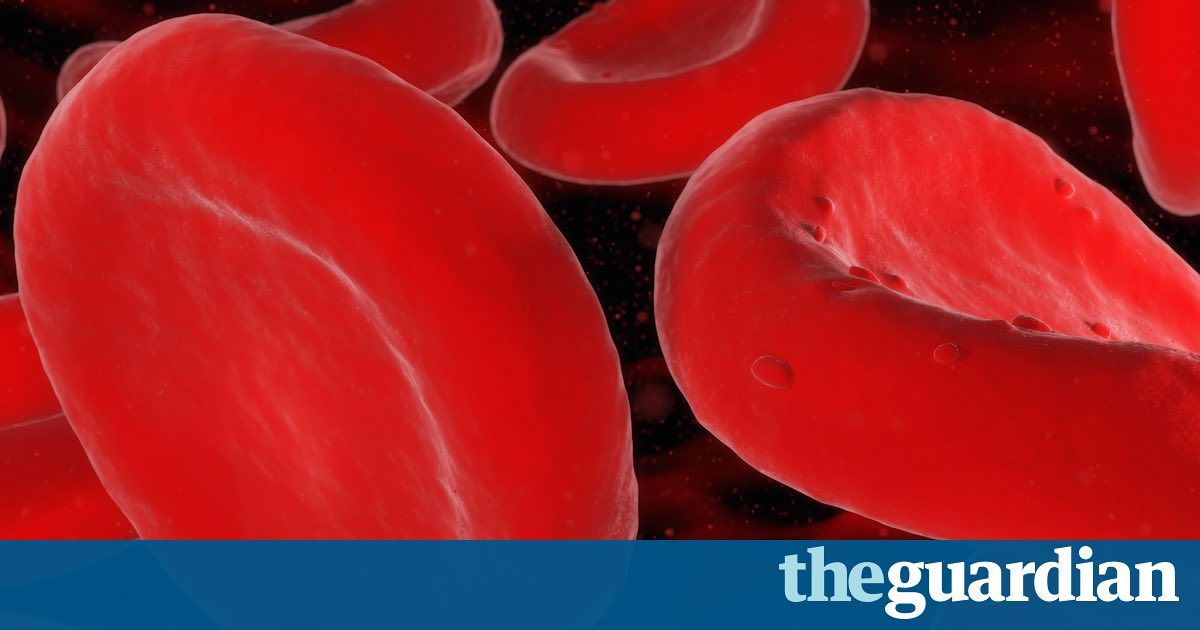Nathaniel David from Unity Biotech giving a talk about the potential of Senolytics and how science can break the natural limit to lifespan. David is the CEO of Unity Biotechnology a company taking SENS based Senolytic drugs into human clinical trials in the next year or so. Very exciting as this is the first true rejuvenation biotechnology therapy to be deployed in humans.
Unity is leading the way for the first rejuvenation technologies in the #sens model. Here we have Nathaniel David from Unity talking about the potential of Senolytics and increased lifespans.
Unity Biotechnology is one of a number of companies developing Senolytic therapies to clear senescent cells from the body and they will no doubt be joined by them in the future a sure sign of the rising interestin the field.
There is however no doubt at this moment in time that Unity is leading the charge and with recent investment from Amazon’s Bezos and their movement into human clinicial trials within a year or so they are certainly the pioneers of this exciting new therapy.
#aging #crowdfundthecure
